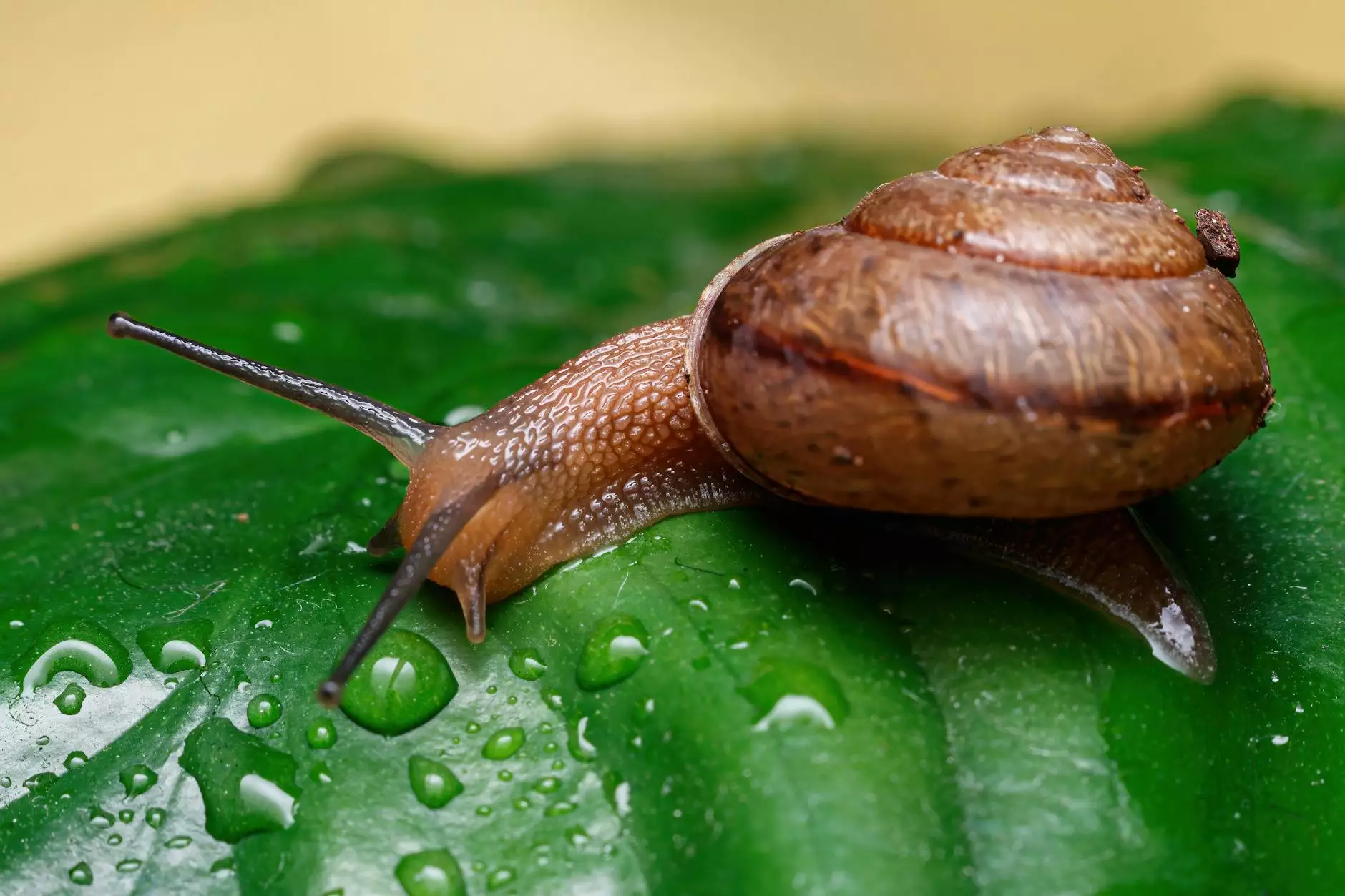The Majestic Diversity of African Wildlife: An Alphabetical Exploration

When we think of African wildlife, images of vast savannahs, expansive forests, and bustling ecosystems come to mind. Africa is home to an incredible variety of animals, each uniquely adapted to thrive in its specific environment. This article will provide you with a comprehensive overview of African animals in alphabetical order, enriched with fascinating details about their habitats, behaviors, and conservation status.
Understanding African Ecosystems
Africa boasts diverse ecosystems ranging from the Sahara Desert to the lush Congo Rainforest. Each environment plays host to a unique collection of wildlife. Understanding these ecosystems is crucial to appreciating the rich tapestry of life found on the continent.
List of African Animals in Alphabetical Order
Below, you'll find a carefully curated list of African animals in alphabetical order, along with interesting insights about each species.
A
- Aardvark: This nocturnal mammal is known for its long ears and snout, which it uses to dig for ants and termites.
- African Elephant: The largest land animal, these gentle giants are known for their intelligence and complex social structures.
- African Wild Dog: Also known as the painted wolf, this pack animal is remarkable for its cooperative hunting skills.
- Antelope: A diverse group of herbivorous mammals that vary in size and habitat, including species like the Impala and the Springbok.
B
- Baboons: Highly social primates that live in troops; known for their intelligence and complex social interactions.
- Bat-Eared Fox: Named for its large ears, this small fox is an expert at catching insects, particularly termites.
- Black Rhinoceros: A critically endangered species, these massive animals are known for their solitary habits and distinct hooked upper lips.
- Buffalo: Often referred to as the African buffalo, they are known for their large size and ability to roam in large herds.
C
- Cheetah: The fastest land animal, capable of reaching speeds up to 75 mph, primarily hunts in the day.
- Chimpanzee: Known for their intelligence and social structure slightly akin to humans, they are essential in understanding primate behavior.
- Crocodile: A prehistoric predator that has existed for millions of years, these reptiles are excellent swimmers and ambush hunters.
- Common Warthog: Recognizable for their tusks and bristly manes, warthogs are often seen grazing in savannahs.
D
- Desert Hedgehog: This nocturnal creature thrives in arid habitats, using its spines for defense against predators.
- Dik-Dik: A small antelope that is a master of camouflage, adapting perfectly to its shrubland habitat.
- Domesticated Animals: Including species like goats, cattle, and sheep that have been integral to African agriculture.
E
- Elephant Shrew: Not a true shrew, this small mammal is known for its agility and long nose, primarily feeding on insects.
- Eland: The largest species of antelope, they are known for their impressive horns and gentle demeanor.
- Emperor Moth: A large and beautiful moth, known for its striking colors and patterns; it primarily exists in forested areas.
F
- Flamingo: These elegant birds are easily identifiable by their striking pink feathers, derived from their diet of algae and crustaceans.
- Frill-necked Lizard: This unique reptile can expand the frill around its neck as a defense mechanism against predators.
- Fossa: A carnivorous mammal exclusive to Madagascar; it's notable for resembling a small cougar and is a top predator in the region.
G
- Giraffe: The tallest land animal, known for its long neck and unique spotted coat, symbolizes the African savannah.
- Gnu (Wildebeest): A vital species during the migration across the Serengeti, they have a strong social structure within their herds.
- Gorilla: Africa's largest primate, primarily found in the tropical rainforests of central Africa and known for their intelligence.
H
- Hippopotamus: Known for spending a significant amount of time in water, hippos are surprisingly fast on land and very territorial.
- Hyena: Often mischaracterized, these clever animals are known for their complex social structures and unique vocalizations.
I
- Impala: A medium-sized antelope known for its incredible jumping ability, they can leap over 10 feet in the air.
- Ibis: Wading birds known for their long, curved beaks, essential for foraging in wetlands.
Conservation Status of African Wildlife
Many African animals face significant threats from habitat loss, poaching, and climate change. Conservation organizations and local governments are working to protect these species and their habitats through various initiatives, including protected areas and anti-poaching laws. Raising awareness about the importance of biodiversity and ecological balance is crucial for the survival of these magnificent creatures.
How Can You Help?
For those who love to travel and explore Africa's rich wildlife, consider supporting responsible tourism and conservation efforts. Here are some ways you can help:
- Choose eco-friendly lodges and tour operators that prioritize conservation.
- Participate in wildlife conservation programs during your travels.
- Educate others about the importance of wildlife and habitat conservation.
- Donate to reputable wildlife conservation organizations that work to protect African species.
Conclusion
Africa is a treasure trove of wildlife, featuring an extraordinary range of species that contribute to the planet's biodiversity. By exploring African animals in alphabetical order, we not only learn about these remarkable creatures but also acknowledge the need for their protection. As travelers and nature enthusiasts, it is our responsibility to ensure future generations can experience the splendor of Africa's wildlife.









